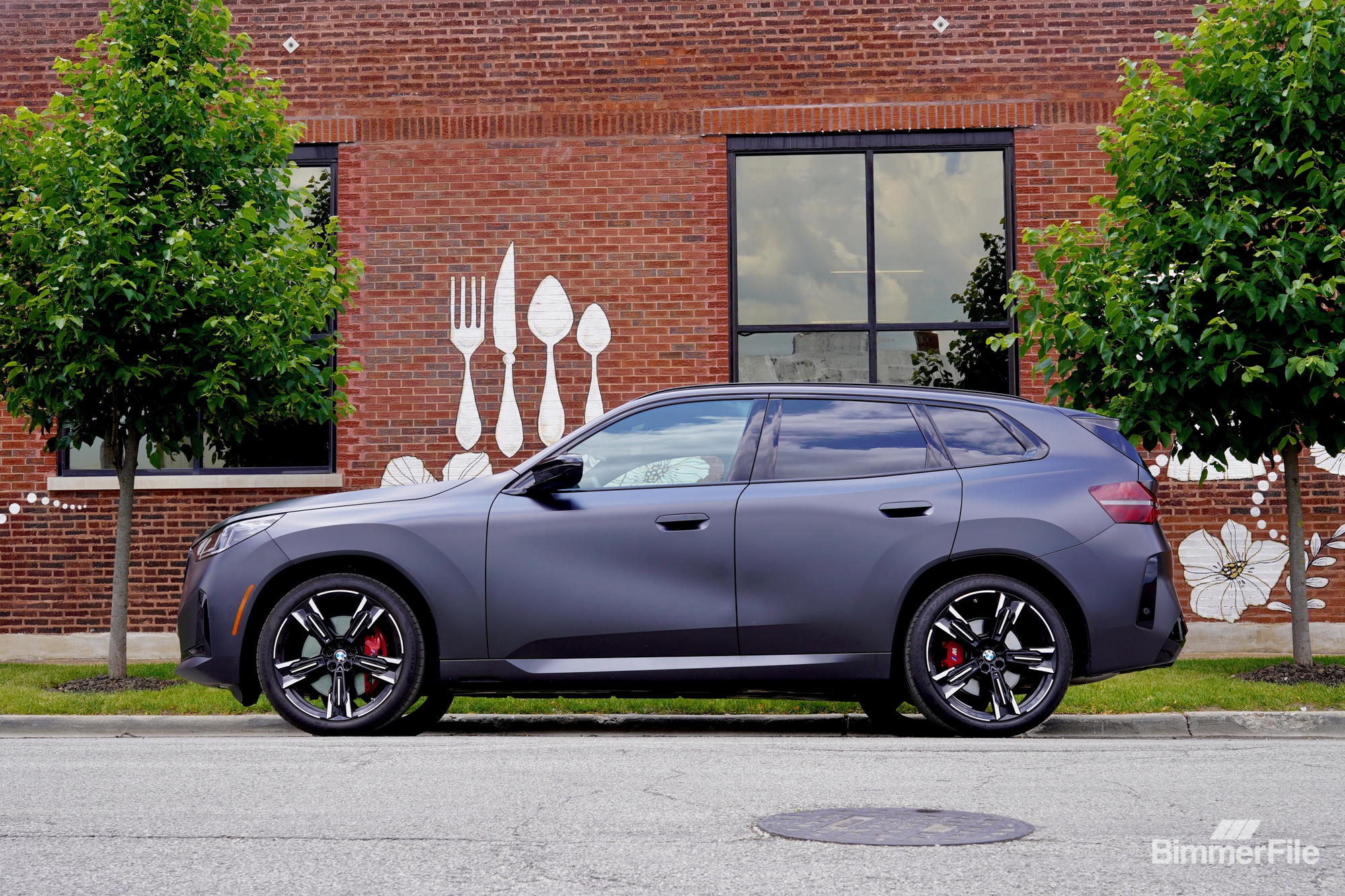BMW’s Q3 Shows Global Sales Growth Continues, But Regional Realities Tell the Story

BMW Group’s global sales for the third quarter of 2025 paint a familiar picture: growth across most markets, steady gains in electrification, and yet, the continued complexity of a shifting global landscape. After reporting major gains in the U.S. last week, the global numbers now confirm BMW’s broader momentum—with some nuances worth unpacking.
From July through September, BMW Group deliveries rose 8.8 percent year-over-year, helped in part by a softer comparison to 2024’s supply-constrained quarter. Through the first nine months of the year, BMW Group delivered just over 1.8 million BMW, MINI, and Rolls-Royce vehicles—a modest but meaningful increase of 2.4 percent.
Electric growth remains a pillar, though its pace has leveled slightly. Fully electric BMW Group models climbed 10 percent year-to-date, reaching 323,447 units. When including plug-in hybrids, the total number of electrified vehicles hit 470,313—up a healthy 15 percent compared to last year.
“The strong sales performance in Europe and the Americas, as well as for the MINI brand, is particularly encouraging,” said Jochen Goller, BMW AG Board Member for Customer, Brands, Sales. “Demand for our wide range of electrified vehicles also remains strong.”

The BMW brand itself moved 514,620 units in Q3, up 5.7 percent year-over-year. For the first nine months, global sales remain steady at 1,585,580 vehicles, essentially flat versus 2024. Growth in Europe and the Americas helped offset slower movement in China, where BMW’s “targeted sales increase” did not materialize.
Plug-in hybrids continue to surprise many observers, posting a 30 percent increase globally. That demand suggests many customers—particularly in regions with developing charging infrastructure—see PHEVs as the best bridge between ICE and full EV ownership.
Meanwhile, BMW M GmbH continues to be the powerhouse it’s always been. Following its strongest half-year in history, M sales surged another 11 percent in Q3, with 52,220 units sold. Year-to-date, M deliveries stand at 158,182—up nearly 8 percent year-over-year. The M3, M4, and M2 continue to anchor demand, but the addition of electrified M Performance models is clearly broadening the customer base.
The MINI brand continues to surprise the industry. The third quarter saw an impressive 37.5 percent increase in deliveries, totaling 72,376 units. Year-to-date, MINI has moved over 206,000 vehicles worldwide—up nearly 24 percent. With the new MINI Cooper and Countryman families ramping up globally, MINI’s numbers reflect both the strength of the new generation and the brand’s renewed design and emotional appeal.
That mirrors the story we reported last week in the U.S. market, where MINI’s year-over-year growth outpaced almost every other BMW Group sub-brand. MINI’s expansion is especially important as BMW prepares for a major transitional period—phasing in its new generation of electric and combustion platforms while maintaining strong demand for current models.
BMW’s global trajectory remains positive: growth across most regions, expanding M performance demand, and a MINI brand clearly hitting its stride. Electrification is up, even if its curve is beginning to flatten compared to the explosive gains of the past two years.
For all its scale, BMW’s strategy still hinges on flexibility—balancing strong ICE and hybrid demand with its long-term EV roadmap. That ability to pivot, and to meet customers where they are region by region, may be BMW’s greatest advantage as the global auto market continues to recalibrate.